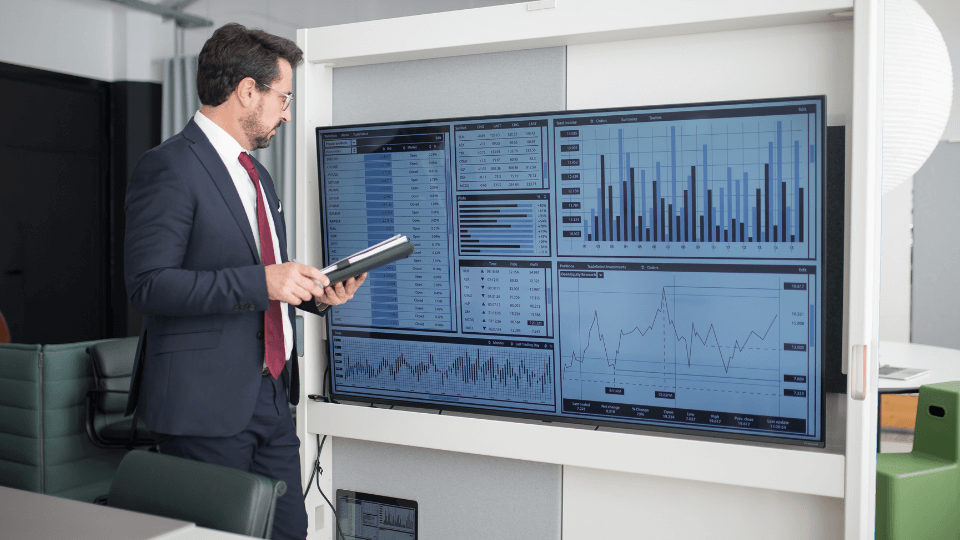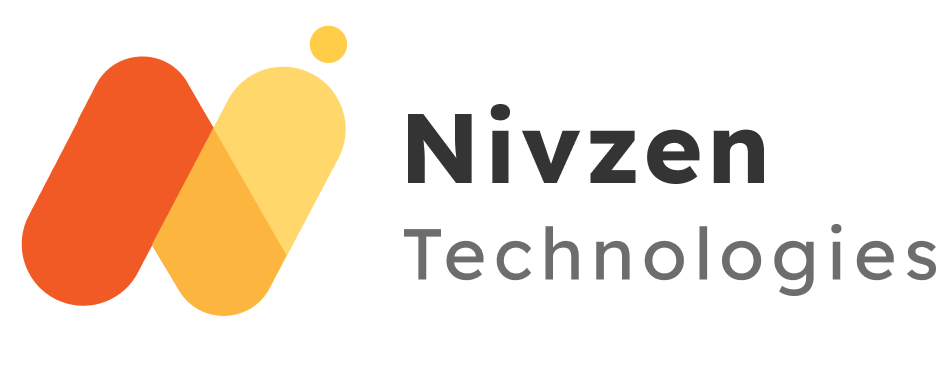Oil And Gas Development
Oil and Gas Development encompasses the entire process from exploration to production, including drilling, extraction, refining, and distribution of oil and gas resources, ensuring a consistent energy supply for various sectors globally.
Meeting energy demands through oil and gas operations.

Production Monitoring
A cloud-based web application can provide real-time monitoring of production data, such as flow rates, pressures, and temperatures. This can help operators identify issues quickly and take corrective actions.
Production monitoring involves tracking and analyzing various aspects of the production process to ensure efficiency, productivity, and quality. Tracking and analyzing real-time production data to monitor performance, identify bottlenecks, and optimize manufacturing processes. Production monitoring involves tracking and analyzing the performance of manufacturing processes in real-time.
Well and Reservoir Management
Well and reservoir management involves the optimization of production from oil and gas wells, along with effective monitoring and control of reservoir conditions to maximize recovery and minimize operational risks.
Well and reservoir management refers to the integrated approach of monitoring, analyzing, and optimizing the performance of oil, gas, or water wells and the associated underground reservoirs. Well and reservoir management refers to the integrated processes and strategies used to optimize the production and performance of oil and gas wells and their associated reservoirs, aiming to maximize recovery, minimize costs, and ensure safe and sustainable operations.

Asset Tracking
A cloud-based web application can help track the location and status of oil and gas assets, such as pipelines, tanks, and equipment. This can help operators plan and execute maintenance activities more efficiently.
Asset tracking refers to the process of monitoring and managing physical assets throughout their lifecycle. It involves using technology, such as barcode labels, RFID tags, or GPS systems, to track and record the location, status, and other relevant information about assets. Asset tracking is the process of monitoring and managing physical assets throughout their lifecycle.
Environmental Monitoring
Cloud-based web applications can provide real-time monitoring of environmental data, such as air quality, water quality, and noise levels. This can help operators identify potential environmental issues and take corrective actions.
Environmental monitoring involves the collection, analysis, and assessment of various environmental parameters to understand and track the quality, health, and changes in natural and built environments. Environmental monitoring involves the systematic collection and analysis of data to assess and understand the state of the environment, including air quality, water quality, biodiversity, and climate conditions, to support effective conservation and management efforts.






